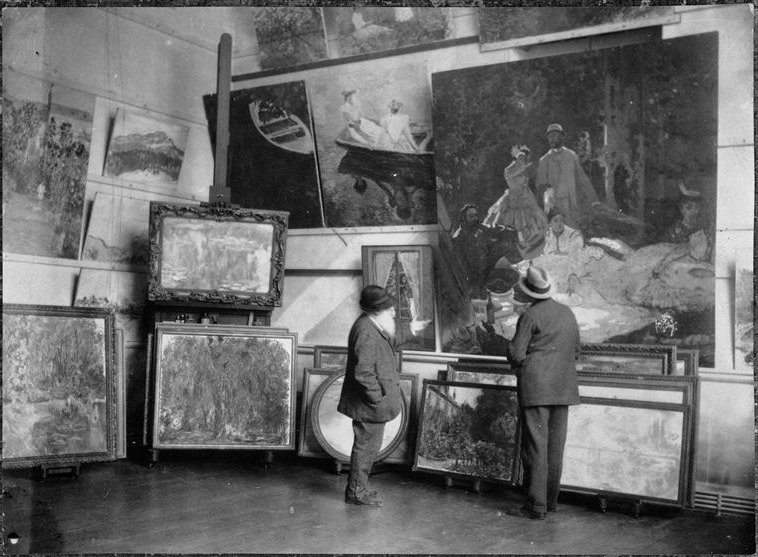
LIFE AS MYTH
![]()
JOURNAL
![]()
JOURNAL 2008
![]()
Impressions at sunrise
Finding the inner muse
![]()
SPRING 2008
Artists and models
![]()
LIFEWORKS
![]()
ATLAS
![]()

SPRING 2008
BREAKING TABOOS
Though Édouard Manet never enjoyed popular acceptance and acclaim as an artist, his masterwork Luncheon on the grass (Le dejeuner sur l'herbe) was a cultural watershed that marked the advent of Modern Art. The painting had multiple creative influences, includingThe judgment of Paris by Marcantonio Raimond (1515).
Contemporary artists had mixed reactions to the piece, e.g. some simply didn't get the point Manet was trying to make or criticized his technique. There was also a furious public outcry agianst the work which prompted Manet to lament: The insults rain down on me like hail. Modern art historians, attempting to explain the furor, look to its cultural context. During the 1860's, although it was common practice for Victorian men to seek paid sexual services, it was quite another for them to be confronted with it. One major reason Luncheon in the grass was so controversial was that many interpreted the scene as referencing the Bois de Boulogne, a large Parisian park. In 1863, when the painting was on exhibition, the park was a well-known site for prostitution.
Claude Monet, on the other hand, also created versions of Le dejeuner sur l'herbe. The Monet works, as opposed to Manet, featured fully dressed Parisians and celebrated the play of light on forms, a lifelong passion of the artist. The 1866 version, perhaps one of the finest pieces Monet ever painted and featured in this post, is part of the collection at the Pushkin Museum. Another larger version has two surviving panels and hangs in the Musée d'Orsay.
Monet in his Giverny studio (1920) with his first version of Le dejeuner sur l'herbe.
Two pieces of this work are now in Musée d'Orsay.
Le dejeuner sur l'herbe. Claude Monet. 1866-67. Pushkin Museum, Russia.
Luncheon on the grass (Le dejeuner sur l'herbe). Édouard Manet. 1863. Musée d'Orsay, Paris.
The models in this painting are (left to right) Victorine Meurent, his brother-in-law Ferdinand Leenhoff, his wife Suzanne Leenhoff and his younge brother Eugene.
The judgment of Paris. Marcantonio Raimondi. 1515. Staatsgalerie Stuttgart.This painting is one source for Manet's Luncheon on the grass. (note lower right side) The judgment of Paris is an episode in the life of Paris, a Trojan prince. The gods chose Paris to decide which goddess -- Hera, Athena or Aphrodite -- was the most beautiful. He chose Aphrodite who then rewarded him with Helen, the most beautiful woman in the world and wife of the Spartan king. Paris' subseqent abduction of Helen led to the Trojan War.




